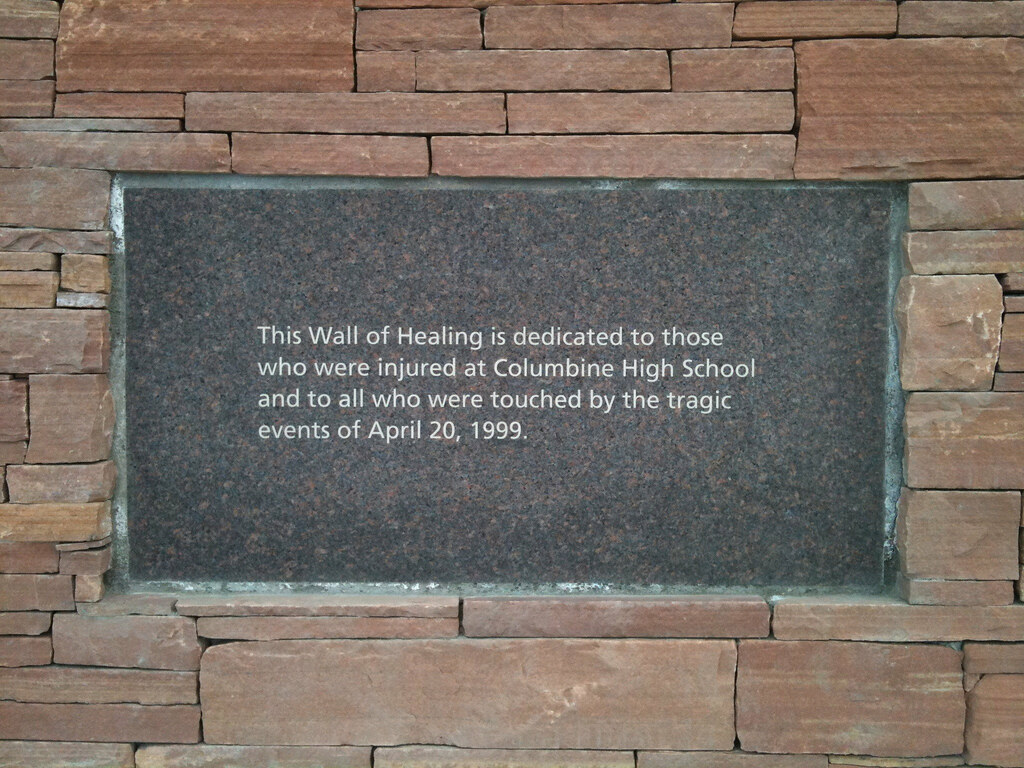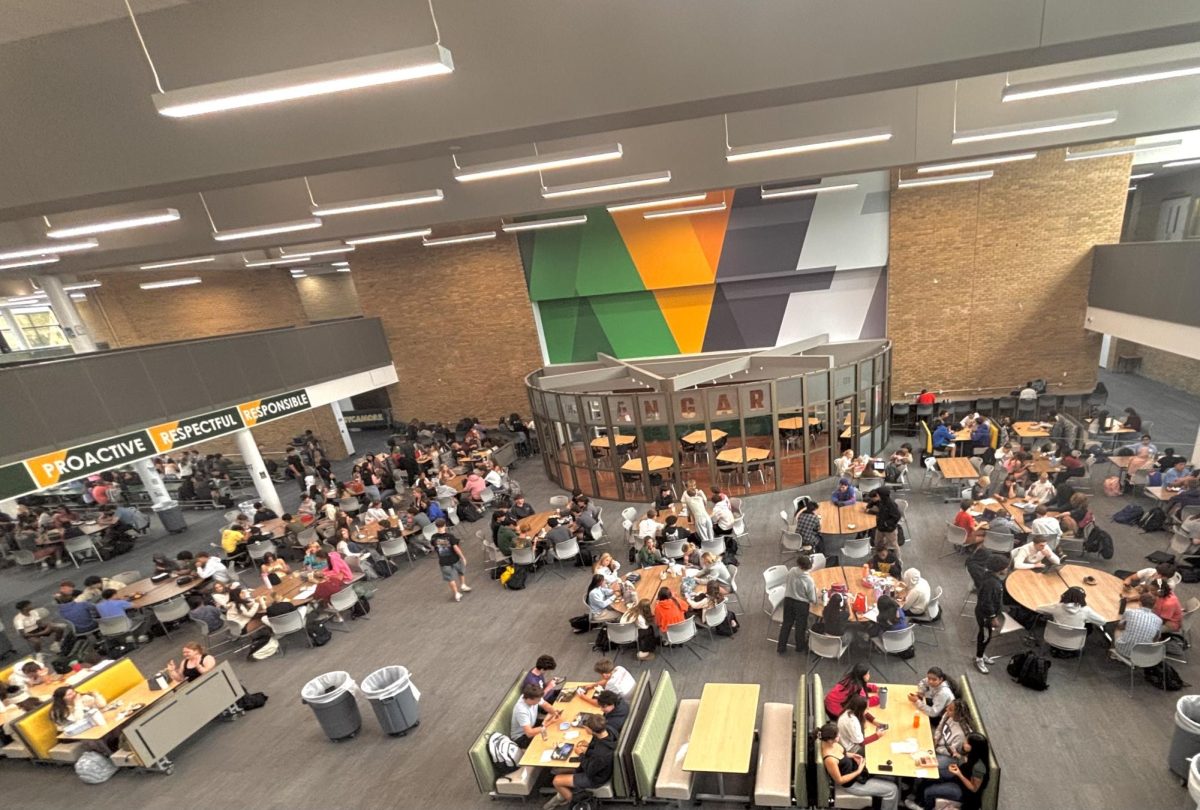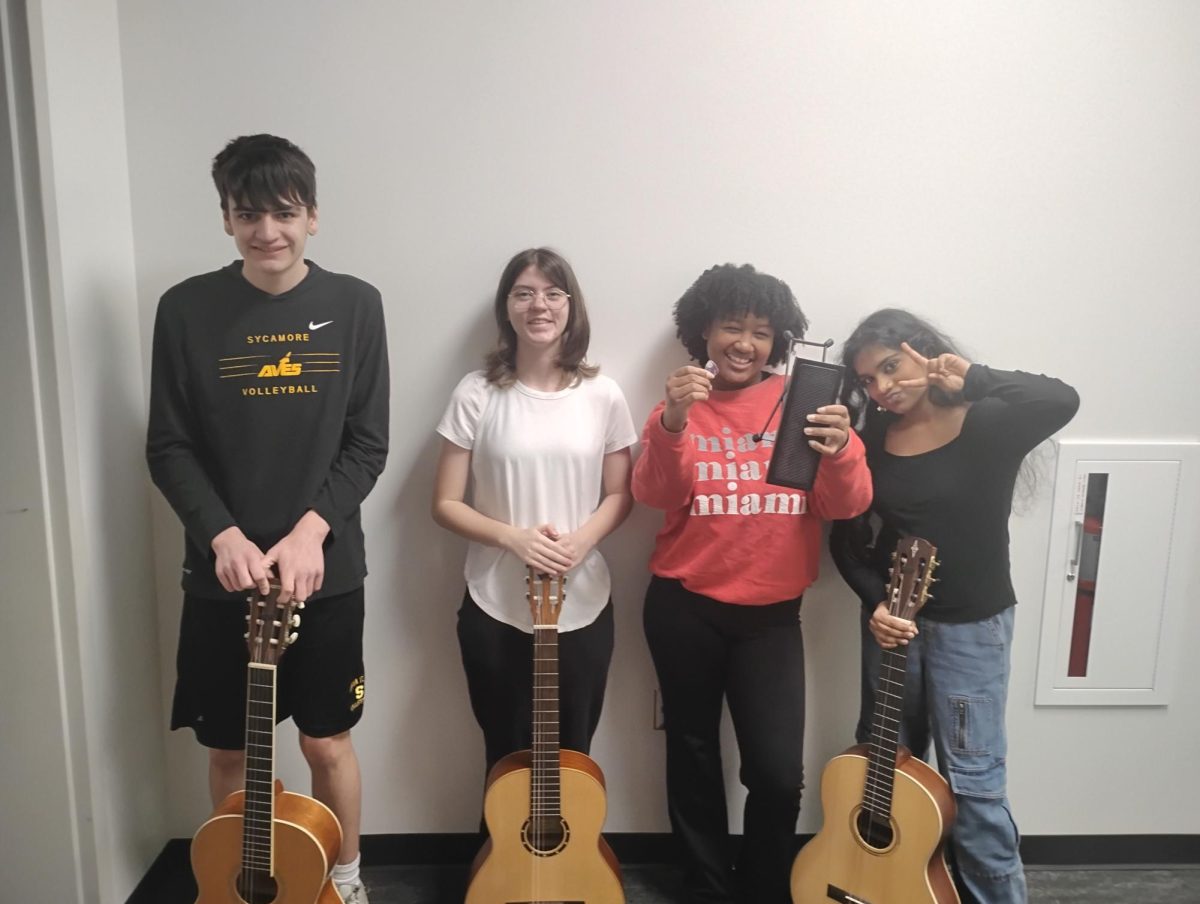Alert. Lockdown. Inform. Counter. Evacuate. We have a plan for if a school shooter is in the upper hub—another for the math wing. We’ve practiced what to do if they are outside your classroom door.
Along with thousands of other students, SHS students go through A.L.I.C.E. training regularly, preparing for any violent intruder situation, including active shooters. Every SHS student must sit in the auditorium and learn about different ways to respond to school shootings because our reality is that school shootings are something we must prepare for.
American schooling was not always marked by this fear. The first school shooting of the “modern” age, at Columbine High School, was over 25 years ago; however, the commonality of school shootings has only gotten worse.
On April 20, 1999, two students at Columbine High School attacked their school, ultimately killing 13 people. This was a planned attack with bombs and mass casualties. Thankfully, many parts of this plan were unsuccessful.
Ultimately, Cassie Bernall, Steve Curnow, Corey DePooter, Kelly Fleming, Matt Kechter, Daniel Mauser, Daniel Rohrbough, Dave Sanders, Rachel Scott, Isaiah Shoels, John Tomlin, Lauren Townsend, and Kyle Velasquez lost their lives in this unprecedented act of terror, a “school shooting.”
The nation became engrossed by this event. It was not the first and unfortunately not the last of its kind. However, it was one of the first school shootings to be publicized rapidly. Numerous news outlets jumped on the story, eager to cover the “new” American tragedy. In their haste, media sources often reported incorrect information and spread false rumors, throwing around phrases like “the trench coat mafia” and characterizing the shooters as “goths.”
Through the constant coverage and shocking nature, the Columbine Massacre became an event every American knew about and learned to fear.
But this fear also led to change, good and bad. It would inspire gun safety advocates to protest the lax American gun laws and fight for newer, stricter ones.
And later, shooters would cite Columbine as their “inspiration.” The Columbine Massacre gave rise to a whole new category of violence, one which, in his book “Columbine,” Dave Cullen calls “spectacle murder.” Seeing the fame of the incident, individuals planned attacks to garner the same amount of attention in the media. He cites six foiled and four “undiscovered at the time” violent events, which directly cited the Columbine shooters as their inspiration, whether online, in journals, or other sources in the years after. And these attacks have only continued.
The “school shooting,” once unheard of, has since become connected with American schools. What used to shock the public has since become events that garner momentary attention.
School shootings have become so widespread that it is impossible to even know about them all. Defining a school shooting as “when a gun is fired, brandished (with intent to harm), or a bullet hits school property”, the K-12 School Shooting database cites 349 incidents in 2023 and over 500 deaths since the Columbine shooting.
While this event would have been thought to bring about nationwide change, most gun laws in the country are managed by the states, not the nation. The most notable change in nationwide gun safety came 23 years after the Columbine shooting, in 2022. This was the Bipartisan Safer Communities Act. According to the U.S. Department of Justice, this act enhanced background checks for those purchasing a gun under the age of 21, attempts to fight illegal firearm trafficking, “prohibits those convicted of misdemeanor crimes of domestic violence from possessing firearms when those crimes occurred in the context of a dating relationship,” and funds violence intervention programs.
While this is a step in the direction of stopping school shootings, we are miles away from the finish line. This act raises questions about its immediate effectiveness and its overly delayed timing. School shootings have been on the rise for a quarter of a century. Why does it take so much to get any change?
To make a large political argument short, many roadblocks are hit due to the 2nd Amendment: the right to bear arms. However, it is not impossible to have change, with many states having relatively stricter gun laws than the ones put in place by national laws.
With 2023 having 349 school shooting incidents and 2024 having 332, it is clear that the road to gun safety in schools is a long one. But as with any political crusade, change is possible with persistence. By contacting officials, voting, supporting organizations, and advocating for safe gun usage, each individual can contribute to the fight against gun violence, ultimately bringing about a future where no child has to come to school in fear.



![Mock Trial members from Gold and Green team last year pose for a picture in front of the OCLRE building in Columbus. "We all put in so much work [last] year. I know [this] year we’ll come back improved and ready to win!” said Ogunbodede.](https://shsleaf.org/wp-content/uploads/2025/10/IMG_4121-1200x822.jpg)




